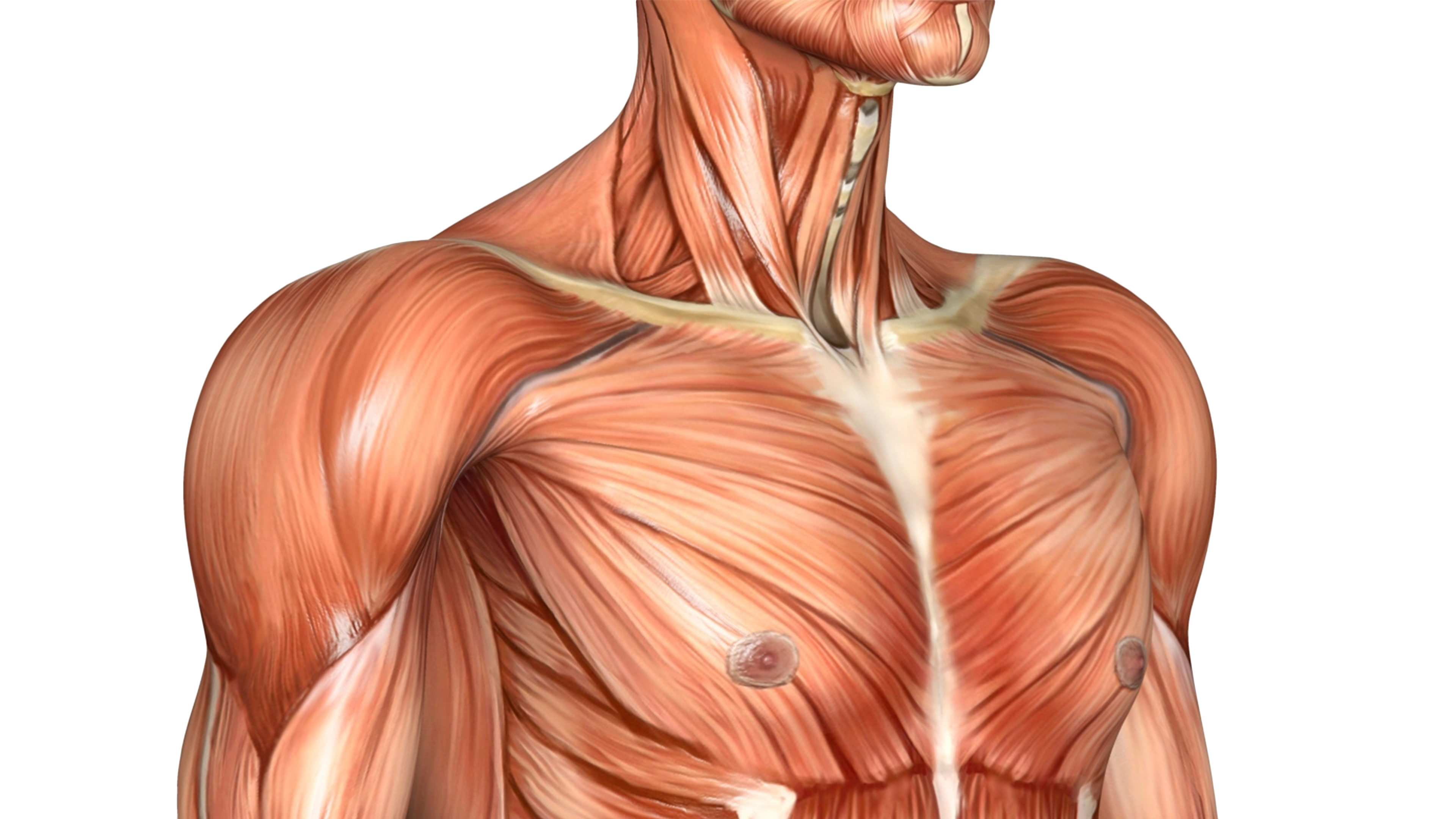Bone and Joints
Musculoskeletal Conditions

Applicants with certain physical handicaps, including amputations with fitted prostheses, paraplegia, degenerative joint disease, osteomyelitis (bone infection), or scoliosis (curvature of the spine) may be certificated under special issuance, following review of medical records and satisfactory completion of a special medical flight test.
At the time of the application, you will need to provide the aviation medical examiner with the following records:
- Hospital and treatment records
- Neurological evaluation (if paraplegic)
- Urological evaluation (if paraplegic)
- Orthopedic evaluation addressing functional capacity, range of motion, and limitations
- Current status report from your treating physician
In most cases, first time reporting of these conditions will result in a deferral of the application to the FAA for review. Once the FAA has reviewed your medical records, you will receive an authorization letter allowing you to schedule a Medical Flight Test. You can then contact the local flight standards district office (FSDO) to schedule the flight test. Present the authorization letter to the FAA inspector at the time of the flight check. The FAA medical flight test, if taken as part of the check ride for a pilot certificate, will include the practical test requirements for the certificate or rating sought. It will also include demonstrations that allow the inspector to determine that the applicant can:
- Reach and effectively operate all controls that would normally require the use of the involved extremity (or extremities).
- Ability to satisfactorily perform emergency procedures relative to flight, such as stall recovery or engine-out procedures for multiengine aircraft.
- In the case of arm or hand prostheses, lift power levers for reversing thrust (turboprop aircraft).
Upon successful completion of the flight test, the inspector is usually authorized to issue a medical certificate and statement of demonstrated ability (SODA). In some cases involving prostheses or special hand control appliances, a certificate limitation will require that the appliances be installed in the aircraft while exercising the privileges. Also, the limitation may require that a specific airplane permanently fitted with appropriate appliances be used for all flight duties.
Spine Injuries
Spinal conditions, such as herniated disc, degenerative disc disease, whether treated surgically or not, or scoliosis that have resulted in complete recovery, require no medications, and have no residual neurological deficit, may be issued by the aviation medical examiner at the time of examination. A current status report from your treating physician should be provided to the aviation medical examiner at the time of the FAA physical. Other spinal deformities that might interfere with performance of airman duties will normally be deferred to the FAA for a decision.
How/Where to Submit to the FAA
Find the contact information for submitting your medical records.
Updated March 2025